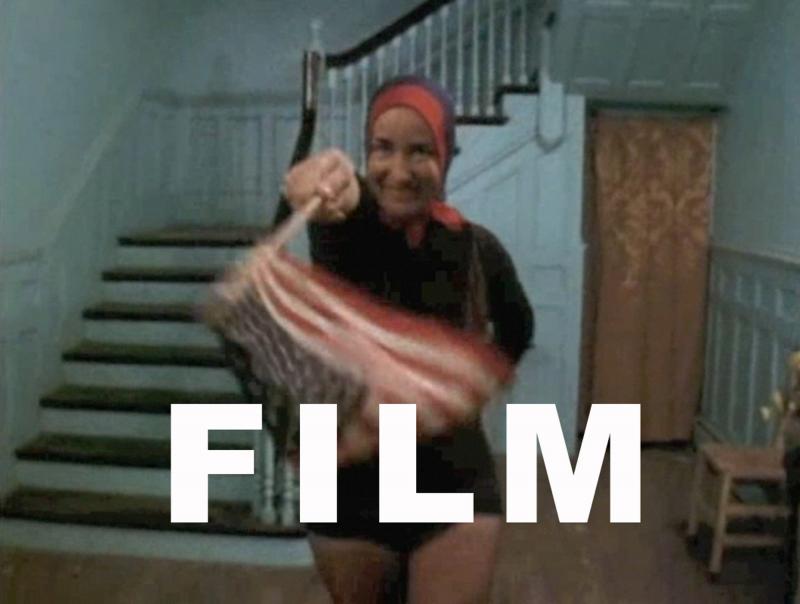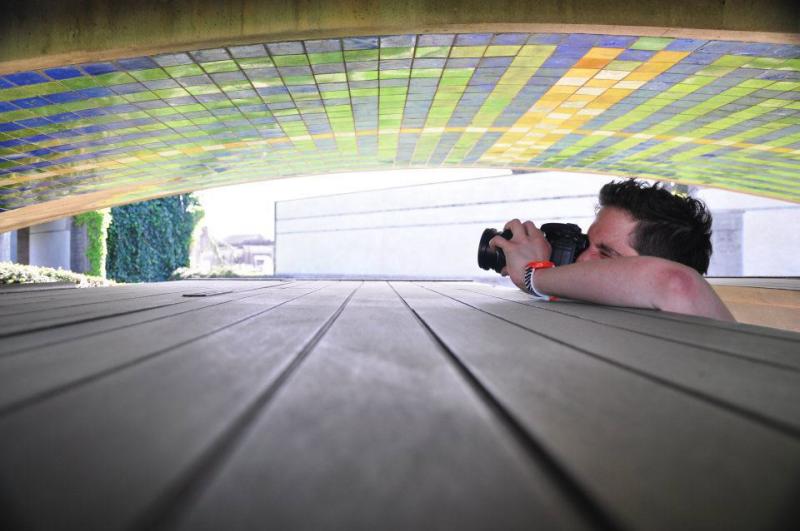AA Research Clusters are year-long special projects, activities and events that bring together diverse groups of AA staff, students and outside partners – audiences, specialists, researchers – in order to realise a body of focused research. Originally conceived in 2005, Research Clusters are mechanisms for triggering and integrating discussion and exchange across the school. Operating as ‘vertical units’, they are intended as platforms through which to explore and enhance existing and new territories and modes of research. The clusters are intended to promote and cultivate the culture of applied research in the school.
Each year the AA Research Cluster Group, in consultation with existing cluster curators, takes applications from across the school for a new cycle of research areas; there are usually four clusters operating at any one time.
In addition to developing expertise and specific projects, Research Clusters seek to challenge existing forms of research and presentation – exploring alternative ways in which work can be produced. These might include events, symposia, conferences, workshops, performances, publications, off- or on-site exhibitions, fabrications and interdisciplinary collaborative research and competitions.
Informal City
Previously associated with cities in developing or emerging economies, the ‘informal’ is now a pervasive phenomenon spanning a spectrum of economies and cities. With particular emphasis on spatiality, the Informal City research cluster is looking for ways in which ‘informal’ processes contribute to a radical rethinking of the space of the city and its institutions.
The research cluster continues the AA’s role in the evolution of ideas about the informal city and seeks to give continuity to that work while focusing more specifically on architecture and urbanism as mechanisms of political engagement in the transformation of the city and the social conditions associated with it.
This academic year the cluster hosted five events that investigated the role of design as a generative tool in reconceptualising the challenges and potential of informality. A symposium entitled Informal City: Design as Political Engagement served not only to present a range of approaches and responses to the cluster agenda but was also instrumental in identifying potential new collaborations and directions for the ongoing work of the cluster.
Currently we are collating the findings and contributions from participants in our events for a forthcoming publication. http://informalcity.aaschool.ac.uk
Cluster Curators:
Jorge Fiori
Elena Pascolo
Alex Warnock-Smith
Urban Prototypes
The notion of the urban prototype has emerged in recent years within the context of the conditions of the rapid urbanisation of the planet and the desire to produce reiterable models of the urban for territories newly opened to the globalising logic of urban entrepreneurialism, eco-cities and ‘place-making’. Also, and of particular pertinence to architecture, are the emergence of unprecedented opportunities for the design of whole cities now being seized on by major architectural practices. The Urban Prototypes research cluster is critically engaged in analysing of these developments both for design theory and practice, and for their social, economic and ecological implications.
Having already begun a series of interviews with key theorists and design practitioners in this field (including Graham Shane) and initiated a discussion of the urban prototype among its exponents and critics within the AA, we have now put out a wider ‘call for positions’ for a series of open seminars to be held in the Term 1 of the next academic year. The details for this, as well as other information related to our research project, can be found at http://urbanprototypes.aaschool.ac.uk
Cluster Curators:
Clara Oloriz Sanjuan
Douglas Spencer
Saturated Space
Saturated Space is about bringing colour back into theoretical discourse, practice and academic debate. The cluster held an inaugural event bringing together lectures on colour – its origins, perception, stories told by and design experiments with it. Speakers included, neuroscientist and founder of neuroesthetics Semir Zeki, geologist Lars Stixrude, art historian Jim Harris, and architects Louisa Hutton and Peter Salter. Our second event in Venice a symposium was hosted in conjunction with the IUAV PhD programme, initiating a joint research project, with visits to Carlo Scarpa’s projects, local fabricators and historical precedents of the use of colour in urban and architectural space. Our website is constantly updated with guest posts, and will act as the access point, register and archive of our inclusive and broad network of practitioners looking into the topic. For past and future events, updates and general info please visit: www.saturatedspace.org
Cluster Curators:
Antoni Malinowski
Adam Nathaniel Furman
Fenella Collingridge
Paradise Lost
As Marcel Proust famously offered, ‘les vrais paradis sont les paradis qu’on a perdus’. That is, ‘the true paradises are the paradises that one has lost’ or alternatively ‘true paradises are paradises that one has lost’. Note the plurality. Not only does it appear the only paradises worth naming are those that have been lost. (And, conversely, only become paradisiac once they have been lost.) But also, there are a multitude of paradises to be lost. In this way, ‘paradise’ simply provides another name for loss.
This research cluster examines the architectural implications of this loss through a study of contemporary America. If the United States of America was the world’s greatest economic, scientific and cultural force during the twentieth century, it now faces a kind of unplanned obsolescence. These changing patterns of consumption and demand are resulting in a kind of architectural redundancy, in which architecture exists as a form of by-product, or residue. In recognition of this dynamic, the cluster is beginning to sift through these residues in the hope of determining the words and images that truly speak of these paradises lost.
Cluster Curator: Mark Campbell
Architectural Doppelgangers
Architectural Doppelgangers explores the multivalent meanings and implications of copying in architecture. Subject to law the idea of the copy also brings profound moral disturbance to our idea of architecture. Though the profession increasingly relies on technologies of copy, duplication and replication the idea of originality remains a disciplinary foundation. Does the myth of the doppelganger haunt the discipline? Is architecture’s imminent death signalled by the encounter with its doppelganger? Does its doubling create an evil twin? Or conversely, can architecture find a productive relationship with the culture of the copy? Combining small symposia and talks with research and speculation, we examine a variety of intellectual products and properties.
The cluster explores two main questions: the nature of the copy and the problem of copyright.
Copy
Producing a comprehensive atlas of architecture doppelgangers, obscure cases of architectural curiosity are archived, categorised and investigated to reveal the myriad forms of duplication, doubling, faking, pirating and re-enactment. Each double raises questions about the value and meaning of the authentic work of architecture as well as the technological possibilities of reproduction and pose challenging questions to historians, architects, students and legal experts.
Copyright
On the basis of the atlas of architecture doppelgangers, we investigate scientific and legal methods that assess the meaning and sometimes unsavoury dealings with architectural doubles. This research opens a more unconventional way to explore architecture as it crosses between distinctions of legality and illegality. It concerns the rights to architecture. That is to say, the way architectural significance is framed by the ownership of copyright as a private property, and how the legal definition of ownership of architecture might constitue a ‘public commons’.
Cluster Curators:
Ines Weizman and Sam Jacob


